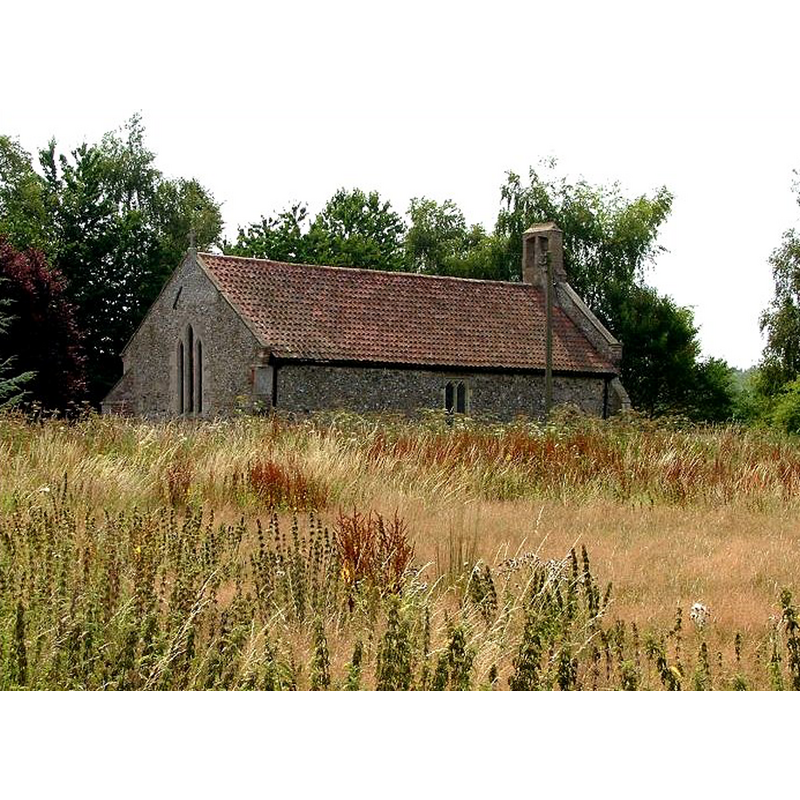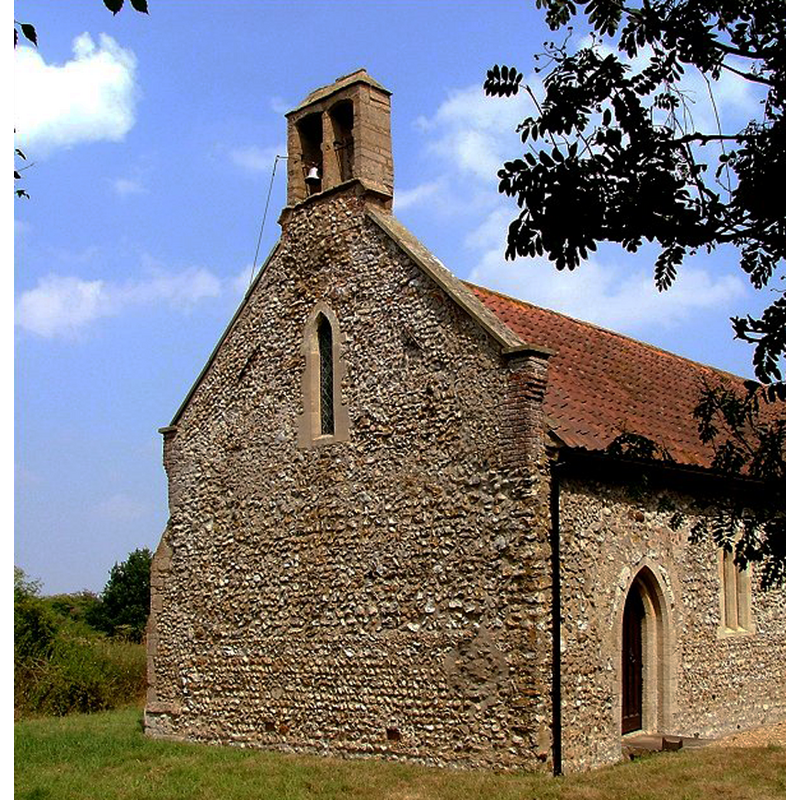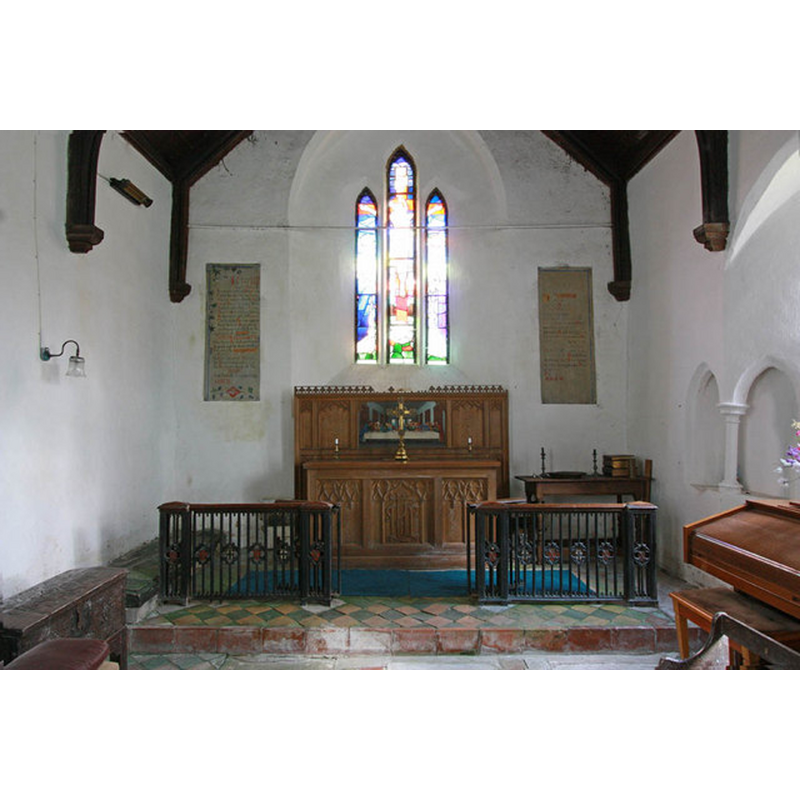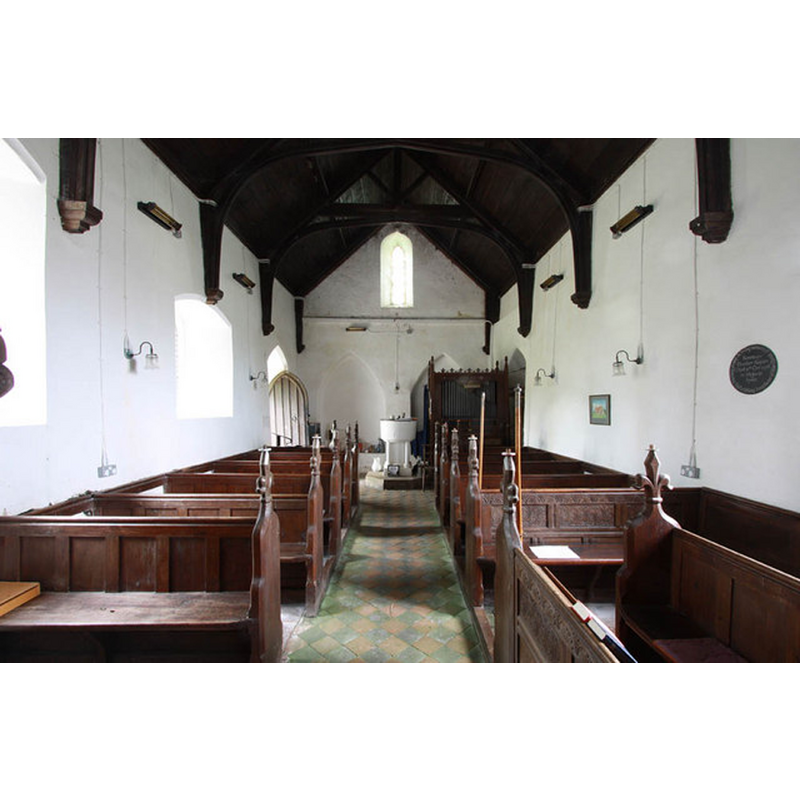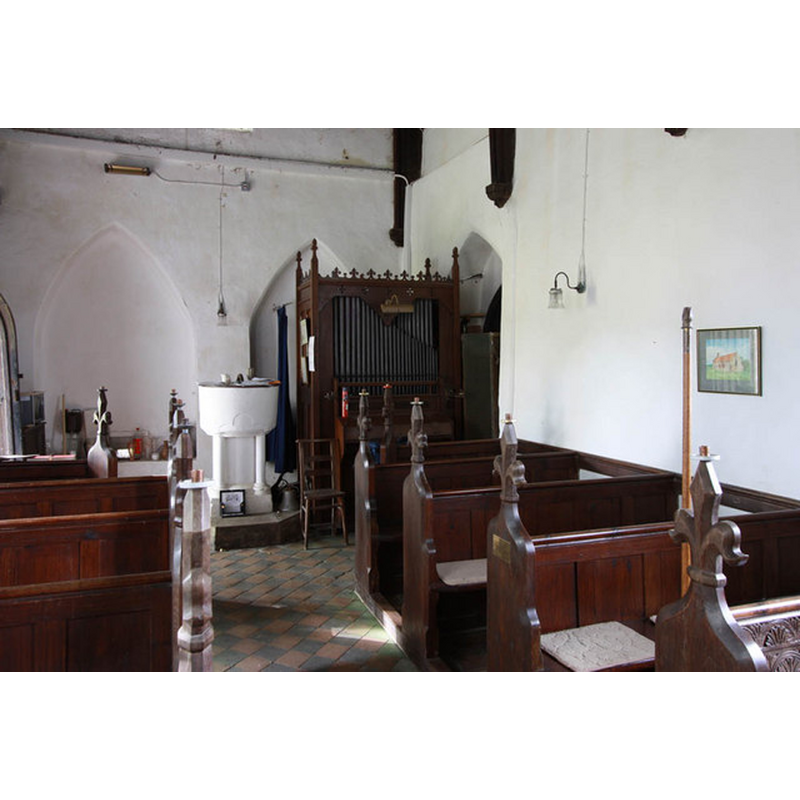Bittering Parva / Bitering / Britringa / Byterung / Little Bittering
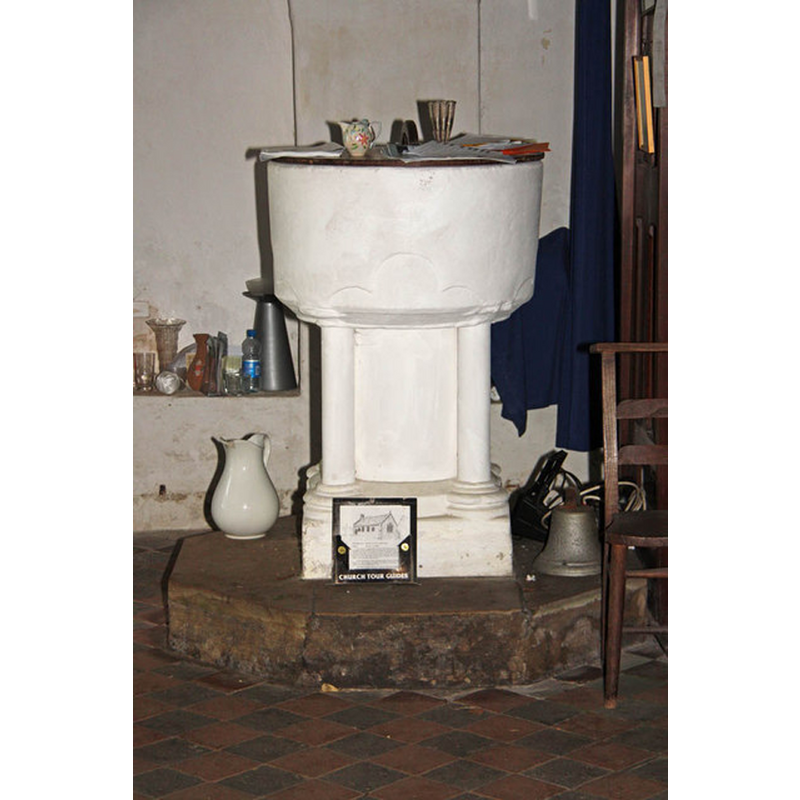
Image copyright © John Salmon, 2010
CC-BY-SA-3.0
Results: 8 records
design element - architectural - arch-head - trefoiled - 4
design element - motifs - roll moulding
view of church exterior - northeast view
view of church exterior - southwest end
view of church interior - chancel and east end
view of church interior - nave - looking west
view of font and cover
INFORMATION
FontID: 19048BIT
Object Type: Baptismal Font1
Church/Chapel: Parish Church of St. Peter and St. Paul
Church Patron Saints: St. Peter & St. Paul
Church Location: Beeston, Norfolk NR19 2QT
Country Name: England
Location: Norfolk, East Anglia
Directions to Site: Located 8 km NE of Dereham
Ecclesiastic Region: Diocese of Norwich
Historical Region: Hundred of Launditch
Font Location in Church: Inside the church, at the W end of the aisle
Century and Period: 13th century, Early English
Credit and Acknowledgements: We are grateful to Simon Knott, of Norfolk Churches [www.norfolkchurches.co.uk], for his photographs of this church
Font Notes:
Click to view
There are two entries for Bittering [variant spellings] in the Domesday survey [http://domesdaymap.co.uk/place/TF9317/bittering/] [accessed 30 January 2015], neither of which mentions a church or cleric in it. Blomefield (1805-1807) writes: "in the 9th of Edward II [i.e., 1316] the Earl of Arundel, and John de Bittering of Bittering Parva, were returned to be lords; by which it appears that there were two lordships, Bittering Parva, and Bittering Magna, and in the said year, Richard Foliot was found, as lord of Gressenhale, to have a fee in the town of Bittering: so that I am inclined to think that Bittering Magna and Parva were both held of the Earl of Arundel, yet two distinct lordships, the first in the family of L'Estrange, and the other in that of De Bittering, as appears from Henry de Bitering's claim against Ralph L'Estrange, of the advowson of the church of Bittering Parva, held under the Earl of Arundel; and it further appears that the tenths of the Bitterings were joined to those of Gressenhale [...] The Church of Bittering Magna has been many years dilapidated, but the place where it stood is called the churchyard. It is now an hamlet annexed to Gressenhale. [...] The church of Bittering Parva is a rectory [...] This church is still standing, but much decayed, and has service in it only once a month; it is covered with thatch, has no steeple, or bell, and no pulpit, but a desk: in the chancel, which is also thatched, lie one or two grave-stones, with ancient crosses carved on them, for some of the rectors." There is no mention of another church here in Blomefield (ibid.), so St. Peter's must have been shared by the two Bitterings. Noted in Lewis' Dictionary of 1848 as a Norman font. Listed in Cox & Harvey (1907) as a baptismal font of the Norman period. The present font does not appear to match the classification in the last two sources; it is a roughly cylindrical basin decorated with four (?) shallow trefoiled arch-heads at the bottom of the sides, mounted on a broad central shaft and four attached colonnettes, the latter with roll mouldings below forming the bases, and a plain square lower base; completely covered in whitewash; on an octagonal plinth. Plain, flat and round wooden cover; modern. We have no confirmation of a church here between 1086 and 1316, but if the font is what appears, the likeliest date would be in the 13th century. Did Lewis and Cox & Harvey [cf. supra] see this font and fashioned it Norman?
COORDINATES
Church Latitude & Longitude Decimal: 52.720449, 0.867189
Church Latitude & Longitude DMS: 52° 43′ 13.61″ N, 0° 52′ 1.88″ E
UTM: 31U 355952 5843307
REFERENCES
Blomefield, Francis, An essay towards a topographical history of Norfolk, 1805-1810
Cox, John Charles, English Church Furniture, New York: E.P. Dutton & Co., 1907
Lewis, Samuel, A Topographical Dictionary of England, Comprising the Several Counties, Cities, Boroughs, Corporate and Market Towns, Parishes, Chapelries, and Townships, and the Islands of Guernsy, Jersey, and Man, with Historical and Statistical Descriptions [...], London: S. Lewis, 1831
